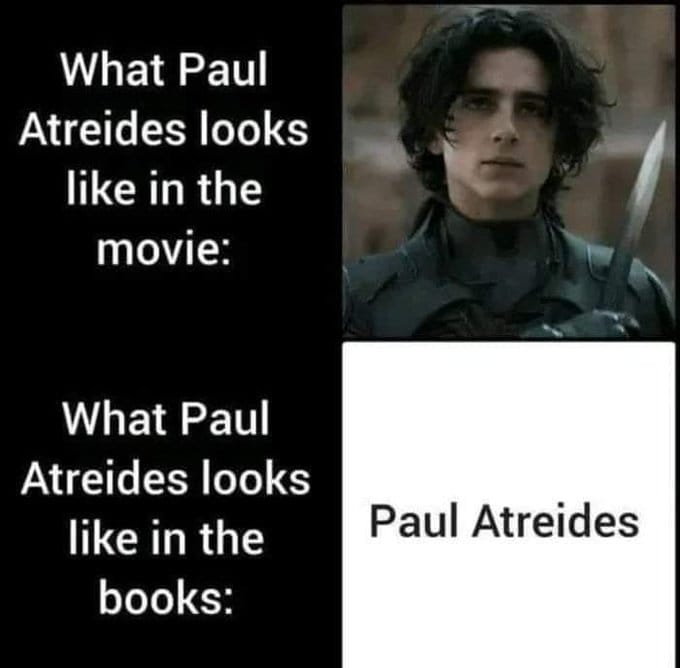Aquinas and Neuroscience
Non-linear Brain Dynamics and Intention According to Aquinas, by Walter J. Freeman.
Abstract
We humans and other animals continuously construct and maintain our grasp of the world by using astonishingly small snippets of sensory information. Recent studies in nonlinear brain dynamics have shown how this occurs: brains imagine possible futures and seek and use sensory stimulation to select among them as guides for chosen actions. On the one hand the scienti c explanation of the dynamics is inaccessible to most of us. On the other hand the philosophical foundation from which the sciences grew is accessible through the work of one of its originators, Thomas Aquinas. The core concept of intention in Aquinas is the inviolable unity of mind, brain and body.
All that we know we have constructed within ourselves from the unintelligible fragments of energy impacting our senses as we move our bodies through the world. This process of intention is transitive in the outward thrust of the body in search of desired future states; it is intransitive in the dynamic construction of predictions of the states in the sensory cortices by which we recognize success or failure in achievement. The process is phenomenologically experienced in the action-perception cycle. Enactment is through the serial creation of neurodynamic activity patterns in brains, by which the self of mind-brain-body comes to know the world rst by shaping the self to an approximation of the sought-for input, and then by assimilating those shapes into knowledge and meaning.
This conception of the self as closed, autonomous, and selforganizing, devised over 700 years ago and shelved by Descartes, Leibniz and Spinoza 300 years ago, is now re-emerging in philosophy and re-establishes the meaning of intention in its original sense. The core Aquinian concept of the unity of brain, body and soul/mind, which had been abandoned by mechanists and replaced by Brentano and Husserl using the duality inherent in representationalism, has been revived by Heidegger and Merleau-Ponty, but in phenomenological terms that are opaque to neurscientists. In my experience there is no extant philosophical system than that of Aquinas that better ts with the new ndings in nonlinear brain dynamics. Therefore, a detailed reading and transcription of basic terms is warranted, comparing in both directions the signi cance of key words across 700 years from medieval metaphysics to 21st century brain dynamics.
My gratitude to the Social Pathologist, who pointed me to this paper inadvertently. Aquinas is my homie too.

Comments ()